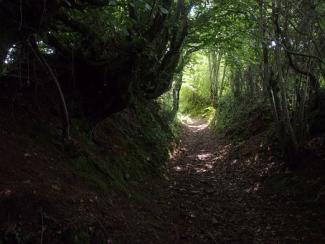Is there a right of way over your property?
Matthew Howe 05-09-2018
When you are purchasing property, it is important that your solicitors carry out appropriate searches to establish if the property is crossed by any of the following:
- footpath;
- bridle way;
- restricted byway; or
- byway open to all traffic.
It is a simple process for your conveyancing solicitor to undertake a search to produce what is known as a “definitive map” which would detail any such rights affecting the property concerned.
If your property is encumbered with one of the above rights, this can also mean that you have a liability to ensure that the footpath or right of way is not obstructed by anything, including vegetation. If you do not meet your obligations in relation to a right of way, you could find yourself the subject of enforcement action.
It is also possible that you could have an obligation to maintain structures on the footpath or right of way, such as a stile or a gate.
It is also worth considering whether the existence of such a right would affect how agricultural land can be used. There could be restrictions on spraying the land, or the way in which stock can be kept.
It is possible to divert or extinguish rights of way, using a procedure under the Housing Act 1980. However, this can often give rise to third party objections and you could also have to pay compensation and costs to anyone who is affected by or who objects to your application.
The De-Regulation Act 2015 is supposed to simplify the application process. The Act contains detailed provisions as to how applications should be dealt with.
Finding that your property is affected by rights of way can be devastating, particularly where the value of your property is affected.
If you discover that your conveyancing solicitors have failed to identify rights of way over your property, then we at Samuels Solicitors LLP, can assist you.
Contact us for a no obligation discussion about how we can help.

